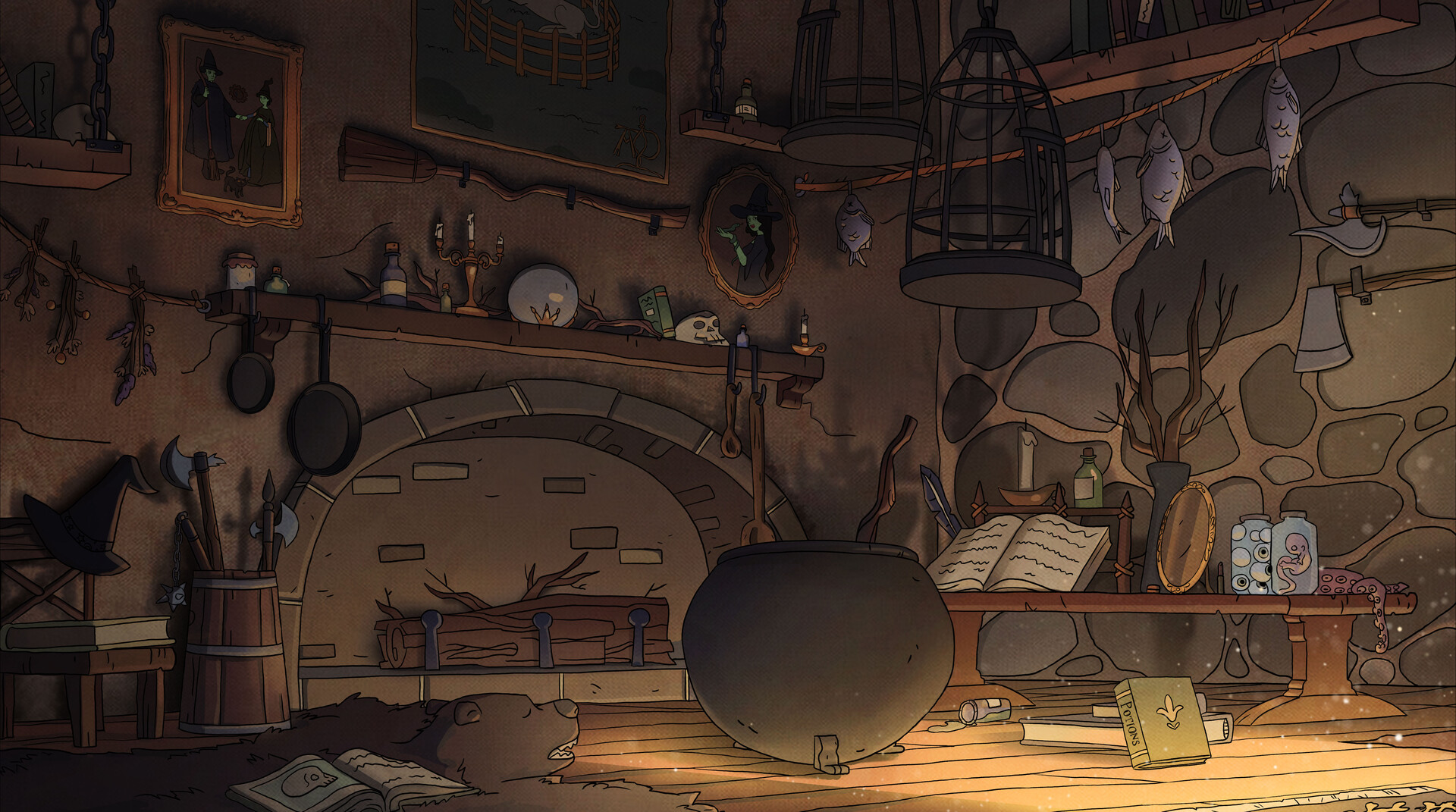Table Of Content

After the witchcraft trials, Corwin served on the Superior Court and as the judge of Probate. He never showed remorse for his actions of 1692 and died in 1718 at the age of 78, very rich and respected. As with others involved in the pursuit of “witches,” Corwin didn’t escape a personal connection. It helped that she was a wealthy woman who was also related to one of the judges. Around the same time, the house was restored to its 17th century appearance by Boston architect Gordon Robb, with the assistance of architect Frank C. Brown, and it was turned over to the city of Salem.
Take a spooky storybook tour of L.A. with this map of witch houses
I really enjoyed walking through the ancient halls of The Witch House, but I still had questions about it and the Puritans who lived in Salem before and during the witch trials. If you want to take a stroll through historic cemeteries in Salem to see the burial places of some of the witch trial judges, be sure to visit the Old Burying Point. To visit the grave of Judge Jonathan Corwin, visit Broad Street Cemetery.
The Black Castle
There are photos of the house as far back as 1901 with visible signs on the house calling it the Witch House, which indicates that it acquired the nickname a long time ago. There’s a writing desk next to the bed, a chair in the far corner, and several bassinets near the bed. The bedroom to the right of the foyer has a big beautiful white canopy bed in the corner.
Home Once Owned by a Famous Witch Hopes to Cast Spell on Buyers - Realtor.com News
Home Once Owned by a Famous Witch Hopes to Cast Spell on Buyers.
Posted: Fri, 15 Apr 2022 07:00:00 GMT [source]
SELF GUIDED HOUSE TOUR:
The house remained in the Corwin family for many generations and has been renovated many times since then. When Corwin’s grandson, George, died in 1746, his widow removed the gables from the house, added some extra rooms and replaced the peaked roof with a gambrel that covered the entire frame. Some historians used to believe that the house was built in the 1630s and that religious leader Roger Williams lived in the house while he was preaching in Salem. What I do like about the tour is that it provides a very rare glimpse into a first period home. There aren’t a lot of these houses remaining and it was wonderful to walk through the house, peer out its windows and listen to the creaky floorboards under your feet. The woman selling the tickets said they only do guided tours in the spring, summer and early fall.
Blind Scream Haunted House a real nightmare in Santa Rosa - The Santa Rosa Press Democrat
Blind Scream Haunted House a real nightmare in Santa Rosa.
Posted: Fri, 15 Oct 2021 07:00:00 GMT [source]
Consider supporting our work by becoming a member for as little as $5 a month. If you're visiting Salem during Samhain, better known as Halloween or anytime in the month of October, get there early (even during the week). Judge Corwin received a strongly argued letter from Salisbury’s Major Robert Pike in September of 1692, in which Pike questioned the use of spectral evidence to convict people of witchcraft. Corwin usually let Hathorne take the lead in the examinations, but the two together were unrelenting in seeking confessions of witchcraft. Corwin was a principle figure in the pursuit and questioning of former Salem Village minister, Reverend George Burroughs.
Those final unfortunates were hanged, and one man was crushed to death while being tortured. Corwin, who was born in Salem in 1640, was a merchant who purchased this house in 1675. Corwin served as a Deputy to the General Court and on the Safety Council. In addition to his close friendship with John Hathorne, they were also brothers-in law (Corwin’s sister Abigail married Hathorne’s brother Eleazor). In 1690, Governor Simon Bradstreet sent both Corwin and Hathorne on a fact-finding mission to Maine and New Hampshire, to assess the strength of the garrisons against Native American attack.

He played a crucial role in the Salem Witch Trials and convicted several women and men accused of witchcraft. The witch city of Salem, Massachusetts, holds a piece of history plucked straight out of the 17th century. Visiting The Witch House in Salem, Massachusetts, is like stepping back into history. Place where women were accused of witchcraft in Salem, Massachusetts. We depend on ad revenue to craft and curate stories about the world’s hidden wonders.
The room is set up very nicely and really gives you the feeling you are inside an old home instead of a museum. An old bed warmer hangs next to the fireplace and the room has a writing desk next to the bed, and a chest with a lantern and candles on top of it. The exhibit itself is just a couple of framed signs hanging on the wall which explain the origins of the holiday. There’s also a bowl filled with some kind of food on a table and a sign accompanying it explaining what type of meals people ate during the autumn in the 17th century.
It was a tough life, and the hysteria that occurred during the witch trials made it even worse. Although Jonathandidn’t pay for his role in the deaths of the innocent who perished in the witchtrials, tragedy still fell on his house and family. Ten out of his 12 childrendied within the first few years of their lives. However, I definitely think that if you’re offered a guided tour of The Witch House, you should snap it up! You’ll get to ask your guide as many questions as you like and learn so much more than exploring on your own. If a guided tour is available the next time I’m in Salem, I’ll be sure to take it.
As a result, all of the signs and objects in these rooms are really hard to see. On the walls are signs explaining what type of objects a typical 17th century household would have. The Witch House is a beautiful building which gives a great insight into the life of a rich 17th-century family.
After leaving the kitchen you enter a small foyer in between the two rooms on the first floor. This foyer is where the front door of the house is located (but it is locked to prevent people from entering without buying a ticket.) This foyer has a glass display case that contains various 17th century objects. The entrance to the house is in the back, in a tiny gift shop where the tickets are purchased. It is a large sparse room with a huge fireplace that takes up almost an entire wall of the kitchen. The fireplace has a large iron pot hanging in it and what appears to be the remnants of a brick oven on the back wall of the fireplace. I asked the woman who worked in the gift shop if the house was painted black when Jonathan Corwin owned it since, nowadays, it fits into the Gothic aesthetic and holds a sort of dark beauty.
Just like the paint, black clothing was also very expensive at the time. The first stop was the kitchen, which had a brick fireplace that covered the entire left wall. When I was there, I could imagine women in their long dresses lifting up the large black pot hanging above the fire. Standing on the corner of North Street and Essex Street, the striking black Witch House is the only remaining structure from the infamous Salem Witch Trials of 1692.
Rebecca Beatrice Brooks is the author and publisher of the History of Massachusetts Blog. Rebecca is a freelance journalist and history lover who got her start in journalism working for small-town newspapers in Massachusetts and New Hampshire after she graduated from the University of New Hampshire with a B.A. The Witch House is owned and operated by the City of Salem Park and Recreation Department and is listed on the National Register of historic places.
The house was moved about 35 feet to its current location in the 1940s when the adjacent street was widened. It was restored to look as it would have in the 17th Century and the gambrel roof was altered. It is now a museum operated by the City of Salem and is open seasonally. Some sources also state that a few of the pretrial examinations of the Salem Witch Trials may have been conducted in the house when Corwin lived there.
With crooked timbers, cockeyed chimneys and details that range from medieval to mirthful, Storybook Style houses seem less like actual homes than Hollywood sets. As a result, there are a lot of 19th and early 20th century photos and drawings that refer to the house as the Roger Williams house. Also on the walls are old spoons encased in glass as well as a fork that belonged to John Proctor.

No comments:
Post a Comment